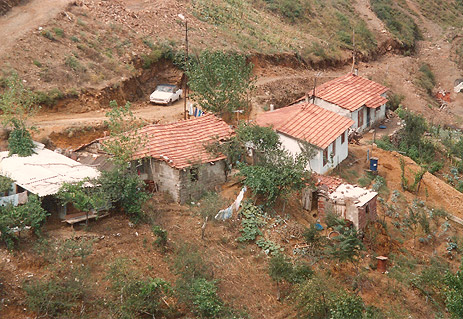Image Resource Bank
Image Gallery |  13 of 15
13 of 15 
Kurdish Squatter-Town (gecekondu) Dwellings in Istanbul, 1996.
Violence in the predominantly Kurdish southwest of Turkey in the late 1980s and early 1990s resulted in Kurds abandoning their villages en masse, and joining those living in shanty towns on the edge of the large western Turkish cities. Exploiting a loophole in Turkish law, such semi-legal squatter towns (gecekondus, literally, put-up-at-night) were a routine sight from the 1950s on. Administrators and sociologists initially believed that these ragged communities had their uses as a means of familiarizing peasants with life in the big city, while allowing them to retain their ties to traditional society. But at other moments, they were seen as ghettos, as unstable sites of poverty, political radicalization, and ethnic tension. In the mid-1990s, violence broke out in many squatter-town areas in Istanbul between Sunni Turks and Alevi (Turkish Shia) Kurds, confirming such a view in the opinion of many.
Name: Kurdish Squatter-Town (gecekondu) Dwellings in Istanbul, 1996.
Material: Unknown
Size: 967 x 667 pixels
Date: 1996
Place of Origin: Istanbul, Turkey
Location: Collection of Martin Stokes
Source and Registration#: Collection of Martin Stokes

 Martin Stokes
Martin Stokes
Fellow of St. John’s College, Oxford University




